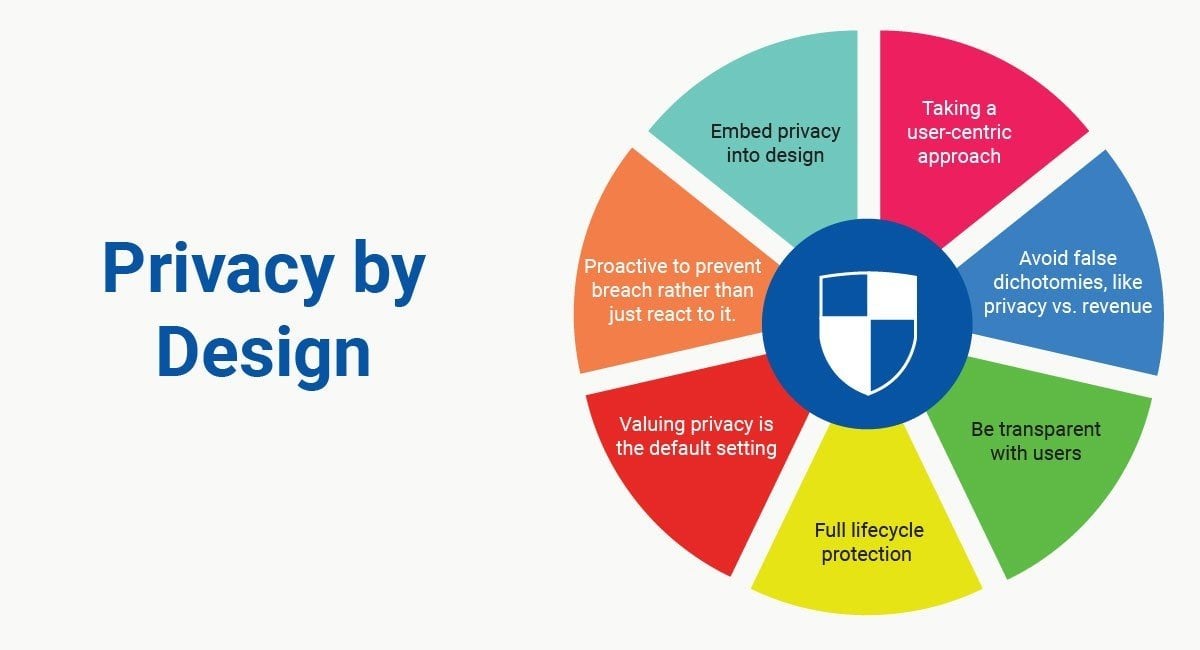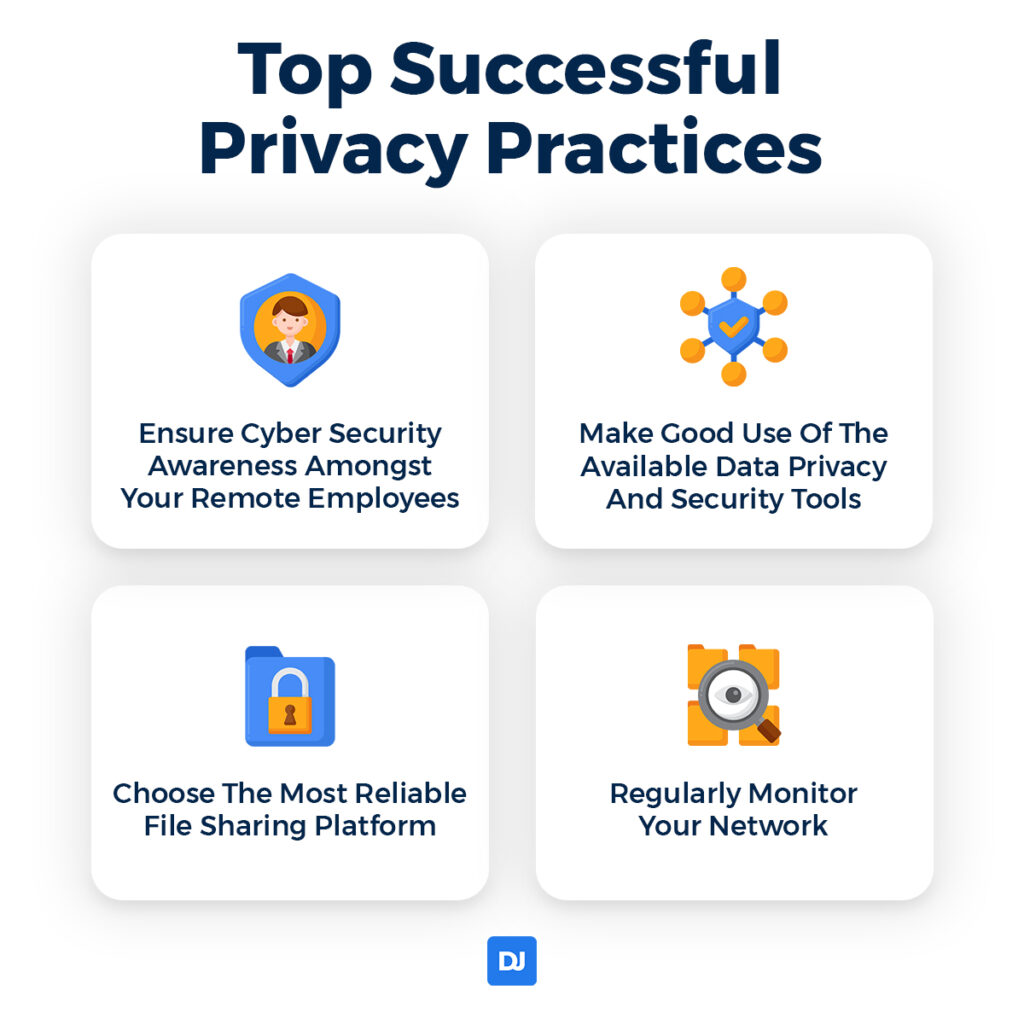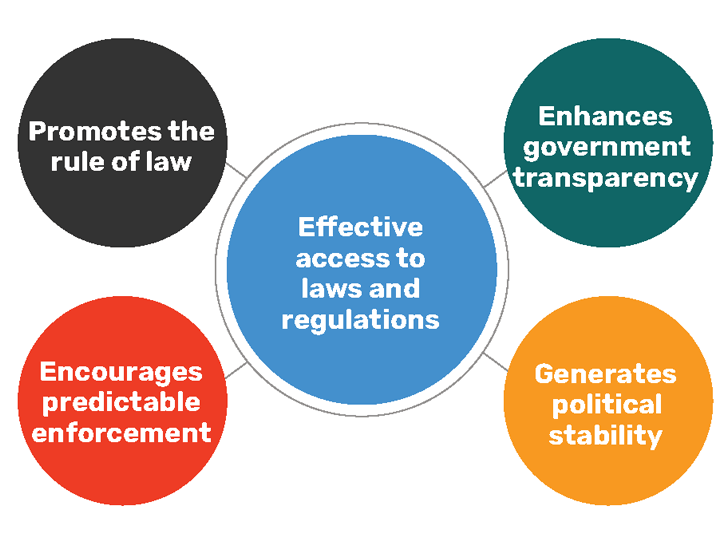Data Privacy And Protection In The Age Of Digital Transformation Presentation
| Introduction to Data Privacy and Protection in the Age of Digital Transformation | ||
|---|---|---|
| Data privacy and protection are crucial in the era of digital transformation. The growing dependence on technology and data collection creates new challenges. Organizations must prioritize data privacy to build trust and comply with regulations. | ||
| 1 | ||
| Importance of Data Privacy and Protection | ||
|---|---|---|
| Data privacy ensures the confidentiality and integrity of personal information. Protecting data prevents identity theft, financial fraud, and unauthorized access. Maintaining data privacy builds trust among customers and stakeholders. | ||
| 2 | ||
| Risks and Challenges in Data Privacy | ||
|---|---|---|
| Increasing cyber threats pose significant risks to data privacy. Compliance with global privacy regulations like GDPR and CCPA is challenging. The rapid growth of data collection and storage increases the potential for breaches. | ||
| 3 | ||
| Strategies for Data Privacy and Protection | ||
|---|---|---|
| Adopt a privacy-by-design approach to embed privacy features from the start. Implement strong data encryption techniques to safeguard sensitive information. Regularly update security measures to stay ahead of evolving threats. | ||
| 4 | ||
| Data Privacy Best Practices for Organizations | ||
|---|---|---|
| Conduct regular privacy impact assessments to identify and address vulnerabilities. Implement strict access controls and authentication mechanisms for data handling. Educate employees on data privacy policies and provide ongoing training. | ||
| 5 | ||
| Collaboration for Data Privacy and Protection | ||
|---|---|---|
| Foster collaboration between organizations, regulators, and individuals. Share best practices and lessons learned to enhance data privacy efforts. Engage with privacy advocacy groups and work towards industry-wide standards. | ||
| 6 | ||
| The Role of Government and Regulations | ||
|---|---|---|
| Governments play a crucial role in establishing and enforcing data privacy regulations. Regulations like GDPR and CCPA empower individuals and hold organizations accountable. Compliance with regulations ensures data privacy and protection. | ||
| 7 | ||
| Technology and Data Privacy | ||
|---|---|---|
| Utilize emerging technologies like AI and machine learning to enhance data privacy. Implement data anonymization techniques to protect individual identities. Leverage blockchain technology for transparent and secure data transactions. | ||
| 8 | ||
| Building Trust through Transparency | ||
|---|---|---|
| Provide clear and concise privacy policies to inform individuals about data handling. Obtain informed consent and allow individuals to exercise control over their data. Regularly communicate privacy updates and breaches to build trust. | ||
| 9 | ||
| Conclusion | ||
|---|---|---|
| Data privacy and protection are paramount in the age of digital transformation. Organizations must prioritize privacy to gain customer trust and comply with regulations. Collaboration, technology, and transparency are key elements in safeguarding data privacy. | ||
| 10 | ||
| References (download PPTX file for details) | ||
|---|---|---|
| Doe, J. (2021). The Importance of Data Privac... Smith, A. (2020). Data Privacy Best Practices... World Privacy Forum. (2019). Data Privacy and... |  | |
| 11 | ||








